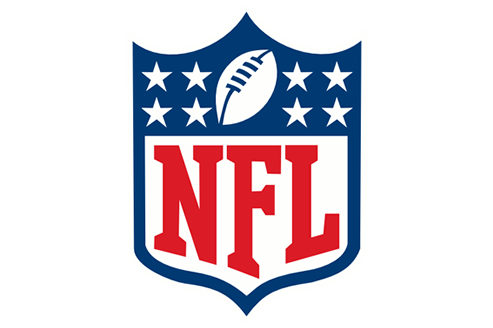3 Awesome Ways Tech Could Improve the NFL

:: By Jason Edelman, Fueled ::
Football season has returned once again. Over the years there have been many technological innovations added to the game to help with accuracy, safety and efficiency (on-field cameras, tablets for coaches and QBs). There are, however, far more advanced (and more awesome) ways to incorporate tech into America's favorite game.
1. Augmented Reality Helmets:
The first is the most radical of the three ideas presented here, but its growing popularity and measurable progress suggests it could one day happen. Integrating augmented reality visors into the helmets of players could heighten their level of play. Right now variables such as wind speed and ball trajectory go largely estimated, so the QB and receiver only have an idea of where the ball is going. Embedding sensors in the football that would be able to be tracked via AR screens in visors would provide more accurate and in-the-moment information on exactly how to throw to counteract wind speed interference, where a ball is coming from and where a player would need to be in order to catch it successfully. It will also help the defensive players know where to go, and how to better stop plays, so it works for both sides.

2. Digestible Medical Sensors:
Not all of football is playing and digestible medical sensors could aid in keeping track of a player's health. With football being the high intensity contact sport that it is, injuries are inevitable and on occasion life-altering. Get Referral MD recently featured digestible sensor tech and lauded it for providing in-depth health information on patients that doctors would typically have to run invasive tests to retrieve. Applying this to football, the temporarily ingested sensors could provide the diagnostics to counter an injury much sooner than the medical assessment would after an on-the-field emergency. Cutting down medical response time can often be the difference between six weeks recovery time and six months. With players getting more efficient care they'll inturn be in better health, prolonging their time as career athletes.
3. Wearable Tech:
A lot of athletes use them now anyway, but incorporating the most recent lines of wearable devices seems like it would be an immense benefit for trainers who want to stay on top of the players both in-season and off-season. New advances are constantly being made in the realm of wearable technologies and having the top of the line products in use can be beneficial to both players health and to the game. Coaches and trainers using mobile applications can monitor their players health from those related to fitness, and referees would probably benefit from sensors being put on the players to detect when a ball is really out-of-bounds, and whether that really was pass interference.
It's difficult when considering how to improve on football because it's such a simple game that's a shining example of "if it ain't broke, don't fix it." That being the case, these are just a few of the recent innovations we found to tweak the behind-the-scenes aspects of football. We'll be sure to keep a lookout this season (and upcoming ones) for what new additions have already been added and how close our own suggestions were.
Jason Edelman is a marketer at Fueled, the leading iPhone app builder in New York City, renowned for its award winning mobile design and strategy.
Subscribe to Our Newsletter!
Latest in Marketing








